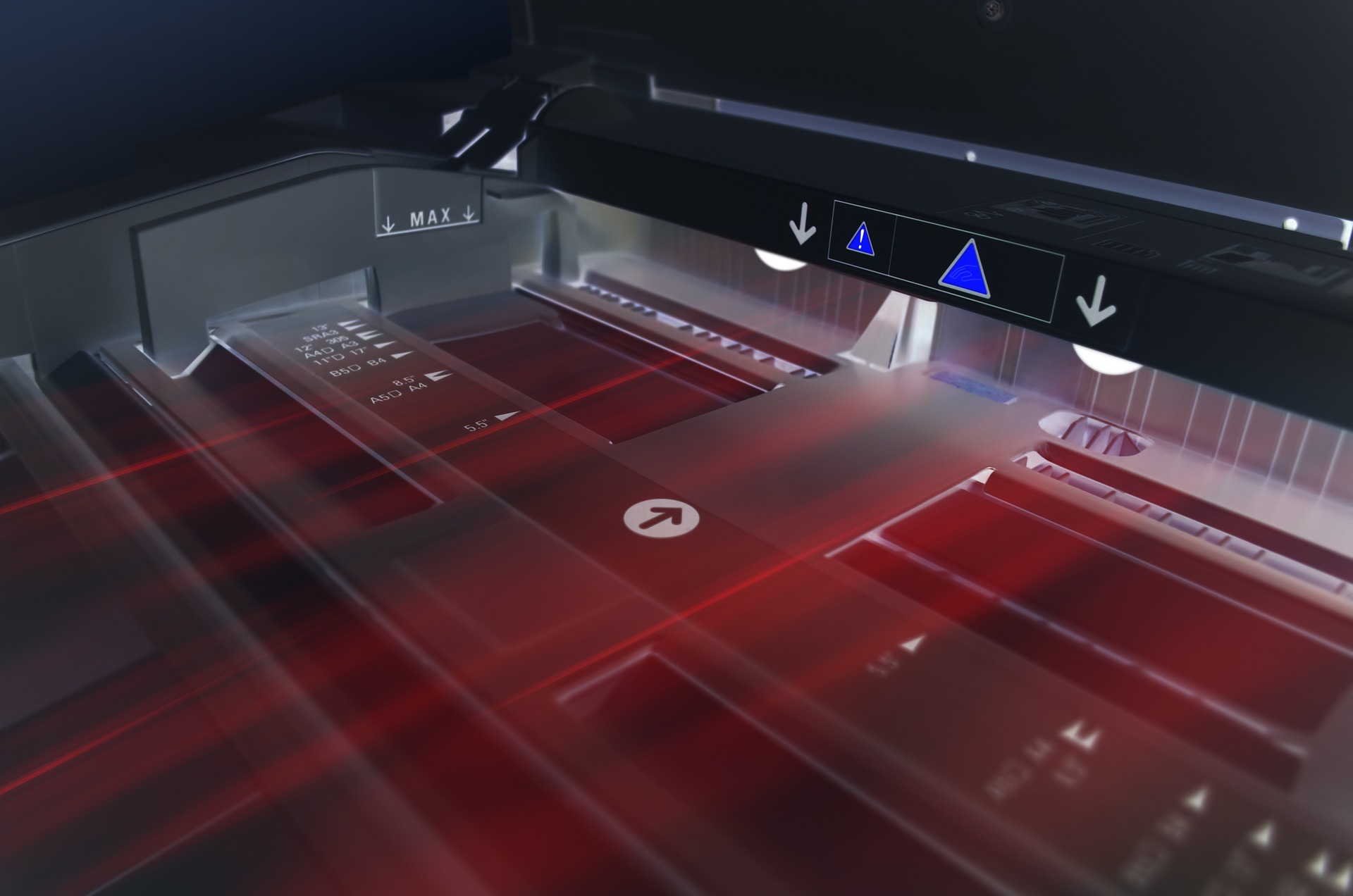A Dive into the Intricacies of Car Cooling Systems: The Unsung Heroes of Automotive Engineering
Introduction: In the world of automotive engineering, some components receive more attention than others. While engines, transmissions, and turbochargers often steal the limelight, the car cooling system's importance is undeniable yet underappreciated. Let's peel back the layers and explore the intricacies of these unsung heroes of automotive technology.

The Birth and Evolution of Car Cooling Systems
Car cooling systems have been an integral part of automotive engineering since the inception of the internal combustion engine. In the early days, cars relied on simple air cooling, akin to what you might see on a vintage motorcycle. However, as engine performance increased, so did the heat produced. Thus, the need for a more efficient cooling system became apparent, leading to the development of liquid-cooling systems powered by coolant and radiators. These systems have seen continuous improvement over the years, becoming more effective and efficient.
The Importance of Car Cooling Systems
The primary role of the cooling system is to manage and dissipate the heat produced by the engine. Left unchecked, this heat can cause significant damage, leading to engine failure. The cooling system ensures that the engine operates in an optimal temperature range, maximizing performance and efficiency while preventing overheating. It’s a delicate balance that requires precise engineering and finely tuned components.
The Core Components of Car Cooling Systems
A typical car cooling system comprises several key components. The radiator, often located at the front of the vehicle, is responsible for dissipating heat from the coolant. The thermostat regulates coolant flow based on the engine’s temperature. The water pump circulates the coolant, and the cooling fan helps to draw air through the radiator. These components work in harmony to manage and reduce engine heat.
The Impact of Modern Technologies on Car Cooling Systems
Advancements in automotive technology have had significant effects on car cooling systems. Today, many sophisticated systems incorporate sensors and ECU controls that allow them to adapt to varying conditions, improving efficiency and performance. For instance, some modern cooling systems can direct more coolant to specific parts of the engine that are under more stress, ensuring optimal cooling when it’s needed most.
The Future of Car Cooling Systems
Looking to the future, car cooling systems are expected to continue evolving in response to the changing landscape of automotive technology. With the rise of high-performance electric vehicles, new cooling challenges are emerging. While electric vehicles may not have a traditional internal combustion engine to cool, their batteries and electric motors can generate significant heat. This will require innovative cooling solutions that can effectively manage this heat while maintaining efficiency.
In conclusion, car cooling systems are a testament to the marvels of automotive engineering. Their role in maintaining engine health and performance is vital, and the technology behind them is fascinating. As we look ahead, the continued evolution of these systems will undoubtedly be an exciting chapter in the story of automotive technology.





